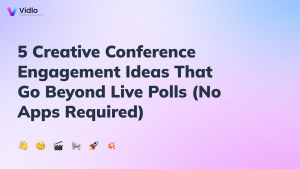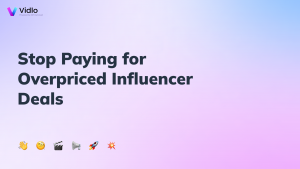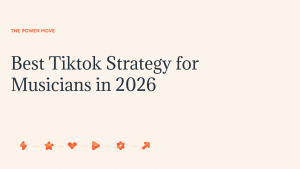In the dynamic and ever-evolving landscape of digital marketing, User Generated Content (UGC) has emerged as a transformative strategy that is reshaping how brands connect with their audiences and craft their narratives. This paradigm shift towards authenticity in marketing is underscored by the remarkable influence of UGC. For instance, a survey conducted by TurnTo Networks revealed that an astonishing 90% of consumers place more trust in UGC than in traditional advertising, highlighting the genuine, real-world experiences shared by consumers themselves as the new currency of credibility.
But UGC’s impact extends beyond trust; it serves as a catalyst for redefining engagement metrics. Research by TINT indicates that websites incorporating UGC galleries experience a remarkable 29% increase in average visitor dwell time, reflecting the magnetic appeal of content created by fellow users and capturing their peers’ attention and interest in a unique way.
What truly sets UGC apart is its ability to turbocharge conversion rates, as supported by compelling data from Yotpo. Visitors who engage with UGC are a staggering 161% more likely to convert compared to those who do not, highlighting UGC’s compelling influence in propelling consumers further along the path to purchase.
Moreover, UGC serves as a potent form of social proof, a critical aspect of today’s consumer decision-making process. BrightLocal’s research adds weight to this argument by indicating that 82% of consumers rely on online reviews for local businesses. Furthermore, 53% place greater trust in businesses featuring positive UGC, illustrating how user-generated content shapes consumer perceptions and decisiveness, and serves as a powerful endorsement for brands.
When it comes to marketers, we are increasingly recognizing the cost-efficiency and authenticity of UGC. A survey conducted by AdWeek found that 85% of marketing professionals, along with consumers, view UGC as more authentic than brand-created content. Additionally, 50% find it to be a more cost-effective solution, emphasizing the growing importance of integrating UGC into content strategies. This solidifies its role as a cornerstone in modern marketing practices, offering a multifaceted advantage beyond traditional advertising.
Understanding the impact of UGC is a crucial first step, but to fully harness its potential, marketers should consider the following strategies:
1. Encourage User Participation: Actively involve customers in content creation through contests, challenges, and interactive campaigns.
2. Showcase UGC on Social Media: Share user-generated content on social media platforms, leveraging features like Instagram’s “Regram” for seamless integration.
3. Incorporate UGC in Email Marketing: Enhance email campaign engagement by featuring customer reviews and testimonials.
4. Monitor and Moderate: Keep a vigilant eye on UGC related to your brand, promptly addressing both positive and negative content.
5. Give Credit Where It’s Due: Always acknowledge and credit the creators of UGC, fostering a sense of appreciation and authenticity.
User-generated content stands as a formidable force in contemporary marketing, ushering in an era characterized by authenticity, trust, and engagement. As the statistics demonstrate, UGC exerts a significant influence on trust, engagement levels, and conversion rates. By embracing UGC and weaving it into their strategies, marketers can tap into a source of user-created content, unlocking unparalleled success in the ever-evolving world of digital marketing. As consumers become creators, the future of marketing lies in their stories and experiences, forging deeper connections between brands and their audiences.
If you or someone you know needs help with marketing, book a free discovery call with me here. Let’s chat!
Phaon K. Spurlock, MBA
Marketing Consultant, Speaker + Entrepreneur




